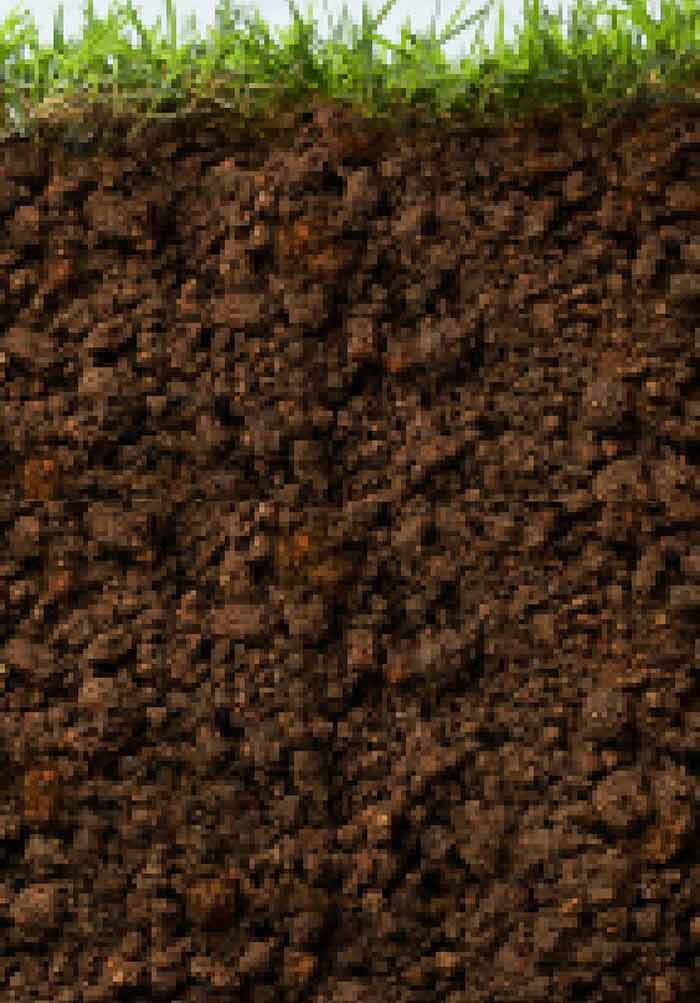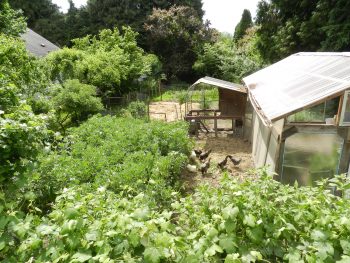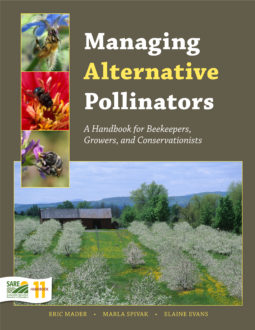
Natural processes and human activities alter the properties and quality of soils over time. Nowadays, the growing interest in soil protection prompts abundant research to estimate soil quality in wide-ranging environmental scenarios. The assessment of soil quality entails the evaluation of the capability of a soil to perform its functions in present scenarios but also how those functions can be preserved for future land use.

Rapid population growth, high standards of living, and technological development are constantly increasing the diversity and quantity of solid waste. The production of solid municipal waste associated with the high proportion of organic waste and its improper disposal lead to considerable environmental pollution due to the emission of greenhouse gases such as methane, carbon dioxide, etc. In such a challenging environment, municipal authorities need to develop more effective solutions to manage the growing urban solid waste.

The book Advances in Environmental Monitoring and Assessment is a collection of the latest research techniques on environmental monitoring and assessments. I believe that the information contained in this book will enhance the skills of environmental scientists and decision makers and contribute to the exchange of best practices for developing and implementing optimum methods for environmental assessment and management.

Permaculture design is a method of landscape planning that can be
applied at scales from the home garden to city block to village to farm. It is an ethically based whole-systems design approach that
uses concepts, principles, and methods derived from ecosystems,
indigenous peoples, and other time-tested practices to create
sustainable human settlements and institutions. Although rooted
in horticulture and agriculture, Permaculture design is
interdisciplinary, touching on a wide range of subjects including
regional planning, ecology, animal husbandry, appropriate
technology, architecture, and international development.

"Managing Alternative Pollinators: A Handbook for Beekeepers, Growers and Conservationists is a first-of-its-kind, step-by-step, full-color guide for rearing and managing bumble bees, mason bees, leafcutter bees and other bee species that provide pollination alternatives to the rapidly declining honey bee. Written by Eric Mader of the Xerces Society Pollinator Conservation Program; Professor of Entomology Marla Spivak; and Elaine Evans, author of “Befriending Bumble Bees,” the book includes expert information on the business and biology of pollination and how-to guidance on raising the alternative bee species.
Gardeners use this basic gardening handbook as their text in the increasingly popular Master Gardener classes. The 25 how-to chapters cover everything from soil fertility to insect management.

From Growing to Biology: Plants 1e is packed full of horticultural information that is ideal for both academia and industry growers. It is basic enough that if you are just getting started learning plants, you will be able to catch up. Always remember that practice makes permanent and keep going to take your learning plant bio to new levels.
Always follow the terms of use/Creative Commons licence requirements associated with a work.
 Botany Lab Manual
by
Maria Morrow
Botany Lab Manual
by
Maria Morrow
 Environmental Science
by
Bill Freedman
Environmental Science
by
Bill Freedman
 Plant Anatomy and Physiology
by
Sean Bellairs
Plant Anatomy and Physiology
by
Sean Bellairs
